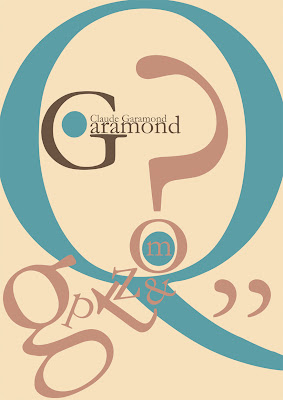I searched for Coffee and it gave me coffee package designs, belows are the ones which caught my attention.
Graphic Design & Typography
Sunday 22 April 2012
Gathering Inspiration
I searched for Coffee and it gave me coffee package designs, belows are the ones which caught my attention.
Monday 19 March 2012
Main Project:
Monday 12 March 2012
Poster: Finished Design
First Draft: Poster

BASKERVILLE Poster Development
Typeface Inspiration Posters
Friday 24 February 2012
Task 04 - Research (Baskerville)
Baskerville
A Transitional Serif Typeface – Between the Old Style and Modern Style Typeface.
Designed by John Baskerville (1706 – 1775) in 1757.
Baskerville lived in Birmingham, England.
Baskerville was designed as an improvement on William Caslon’s typeface (Old style typeface).
John Baskerville’s advances in technology (formulating darker and faster-drying inks, inventing wove paper)
The typeface was sold by his widow, the typeface was passed around and went invisible until 1920 when it was rediscovered by Bruce Rogers.
Identifying Characteristics
tail on lowercase g does not close
swash-like tail of Q
small counter of italic e compared to italic a
J well below baseline
high crossbar and pointed apex of A
top and bottom serifs on C
W and w have no middle stroke
long lower arm of E
Many version feature a calligraphic J
T has wide arms
Resource Websites:-
http://www.rightreading.com/typehead/baskerville.htm
http://typophile.com/node/12622
http://en.wikipedia.org/wiki/Baskerville


























